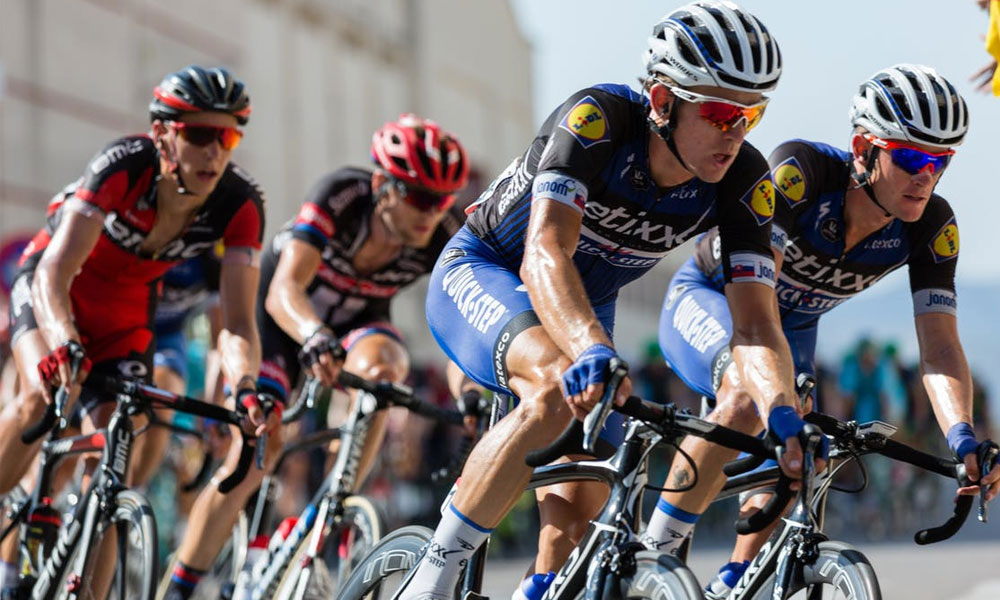Spain, renowned for its picturesque landscapes and rich cultural heritage, serves as the backdrop for numerous cycling competitions that attract athletes and enthusiasts from around the world. One of the most prominent cycling competitions held in Spain is the „Vuelta a España“ or the Tour of Spain. Let’s delve into the details of this prestigious event:
Vuelta a España: The Tour of Spain
Overview: The Vuelta a España is one of cycling’s three Grand Tours, alongside the Tour de France and the Giro d’Italia. Held annually in late summer, this multi-stage bicycle race takes participants on a grueling journey through Spain’s diverse terrain, covering mountains, plains, and coastal regions.
History: First organized in 1935, the Vuelta a España has a rich history spanning nearly a century. Initially conceived as a means to promote the Spanish newspaper „Informaciones,“ the race has evolved into one of the most prestigious events on the international cycling calendar.
Route: The route of the Vuelta a España varies each year, with race organizers designing challenging courses that showcase Spain’s natural beauty and cultural landmarks. Riders traverse mountain passes, tackle steep climbs, and navigate winding descents as they journey across the country.
Stages: The Vuelta a España typically consists of 21 stages, including individual time trials, mountain stages, and flat stages. Each stage presents its own unique challenges, testing the endurance, strength, and tactical prowess of the riders.
Jerseys: Similar to other Grand Tours, the Vuelta a España features several distinctive jerseys awarded to top performers. The leader of the general classification wears the red jersey (la Roja), the leader of the points classification wears the green jersey, the leader of the mountains classification wears the polka dot jersey, and the best young rider wears the white jersey.
Cultural Significance: Beyond its sporting significance, the Vuelta a España holds cultural significance for the people of Spain. The race brings communities together, with spectators lining the streets to cheer on the riders and celebrate the spirit of competition.
Conclusion: The Vuelta a España is a celebration of athleticism, endurance, and camaraderie, as cyclists from around the world come together to compete in one of cycling’s most prestigious events. Against the backdrop of Spain’s stunning landscapes and vibrant culture, the race showcases the beauty and diversity of the Spanish countryside while testing the limits of human performance. Whether scaling mountain peaks or sprinting to the finish line, riders leave an indelible mark on the history of cycling with each pedal stroke in the Tour of Spain.





